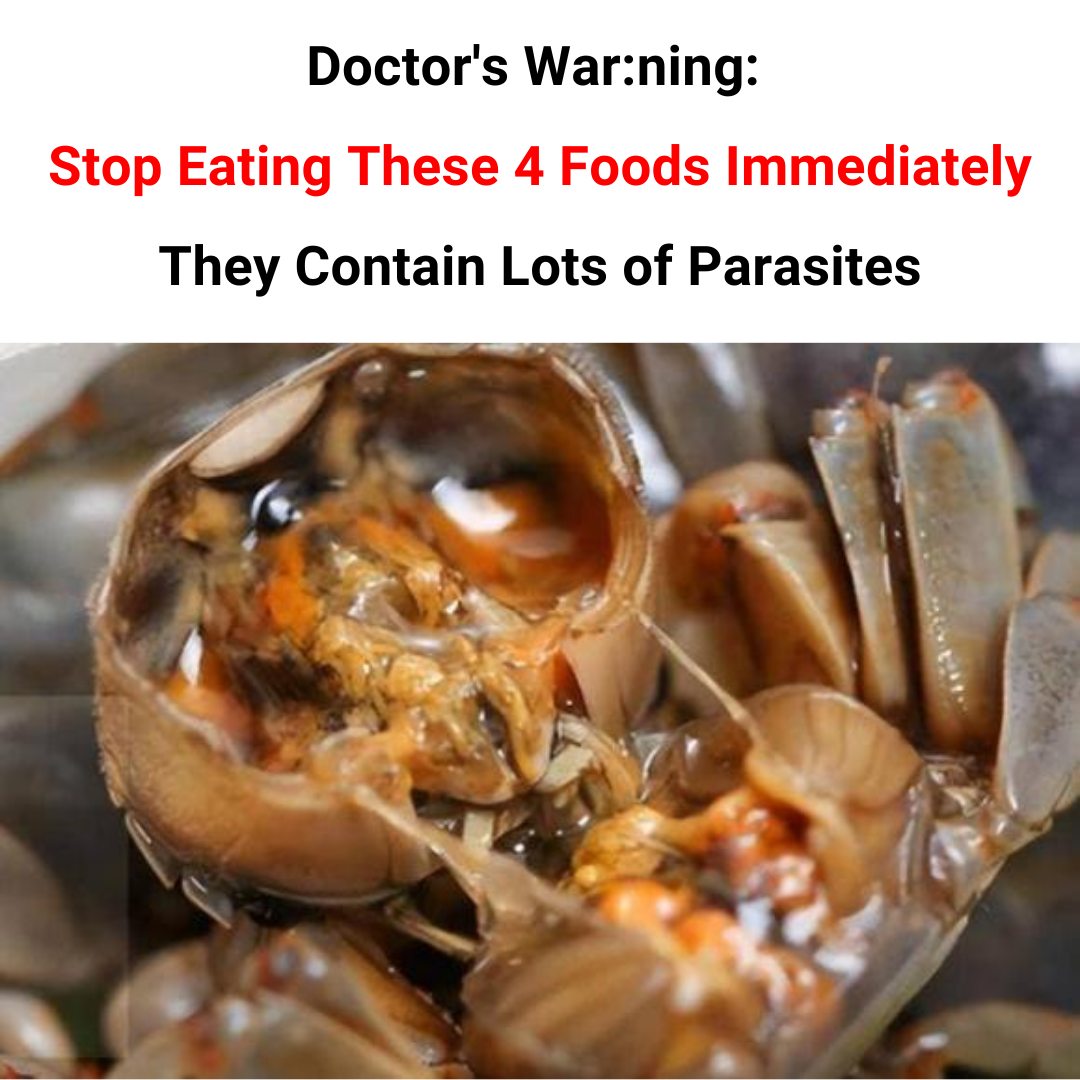ADVERTISEMENT
- Anisakis: A parasitic worm that can infest fish, especially in raw or undercooked fish, and cause anisakiasis. This can lead to stomach pain, vomiting, and even allergic reactions.
- Diphyllobothrium (Fish Tapeworm): Found in freshwater fish like salmon, it can cause an infection leading to abdominal discomfort, diarrhea, and weight loss.
- Vibrio bacteria: While not technically a parasite, Vibrio bacteria are often present in raw shellfish like oysters and can cause foodborne illness.
How to reduce the risk:
- Freeze fish intended for raw consumption at -4°F (-20°C) for at least seven days to kill potential parasites.
- Ensure seafood is sourced from reputable places that adhere to safe handling and storage practices.
- Cook fish and shellfish to a proper internal temperature of 145°F (63°C).
3. Fruits and Vegetables (Contaminated by Soil or Water)
Fruits and vegetables are essential to a healthy diet, but they can sometimes be contaminated with parasites, especially if they are grown in soil or irrigated with contaminated water. Some common parasites that can be found in produce include:
- Toxoplasma gondii: This protozoan parasite can infect fruits and vegetables grown in contaminated soil or water, leading to the disease toxoplasmosis. While often mild in healthy individuals, it can cause more severe complications in those with weakened immune systems or pregnant women.
- Giardia: Often found in unwashed or improperly washed produce, this microscopic parasite can cause giardiasis, leading to symptoms like diarrhea, cramps, and nausea.
- Cyclospora: A parasite that can infect berries, lettuce, and other leafy greens, causing foodborne illness with symptoms like watery diarrhea and stomach cramps.
How to reduce the risk:
- Always wash fruits and vegetables thoroughly under running water, even if you plan to peel them.
- Buy produce from reputable sources that follow proper safety protocols.
- Avoid eating raw or unwashed leafy greens, especially when traveling to areas with poor sanitation.
4. Unpasteurized Dairy Products
Unpasteurized or raw milk and dairy products can contain harmful parasites, bacteria, and other pathogens. While less common in modern times due to pasteurization, certain dairy products may still harbor these risks:
- Cryptosporidium: A parasite that can be found in unpasteurized milk and can cause cryptosporidiosis, leading to gastrointestinal issues such as diarrhea, nausea, and stomach cramps.
- Toxoplasma gondii: This parasite can also be present in unpasteurized milk from infected animals, leading to the risk of toxoplasmosis, especially in pregnant women and those with weakened immune systems.
How to reduce the risk:
- Choose pasteurized dairy products whenever possible, as pasteurization kills harmful parasites and bacteria.
- Avoid drinking raw milk or consuming raw milk cheeses, particularly from unregulated sources.
Final Thoughts: How to Protect Yourself from Parasites
While these foods are susceptible to parasites, proper food handling, cooking, and storage practices can significantly reduce your risk of infection. Always ensure that meat, fish, and seafood are properly cooked, wash produce thoroughly, and choose pasteurized dairy products to minimize the chances of ingesting harmful parasites. Additionally, practicing good hygiene, such as washing your hands before eating or preparing food, can go a long way in keeping you safe from parasites and other foodborne illnesses. By being aware of these risks and taking the necessary precautions, you can enjoy your meals with peace of mind.
ADVERTISEMENT
